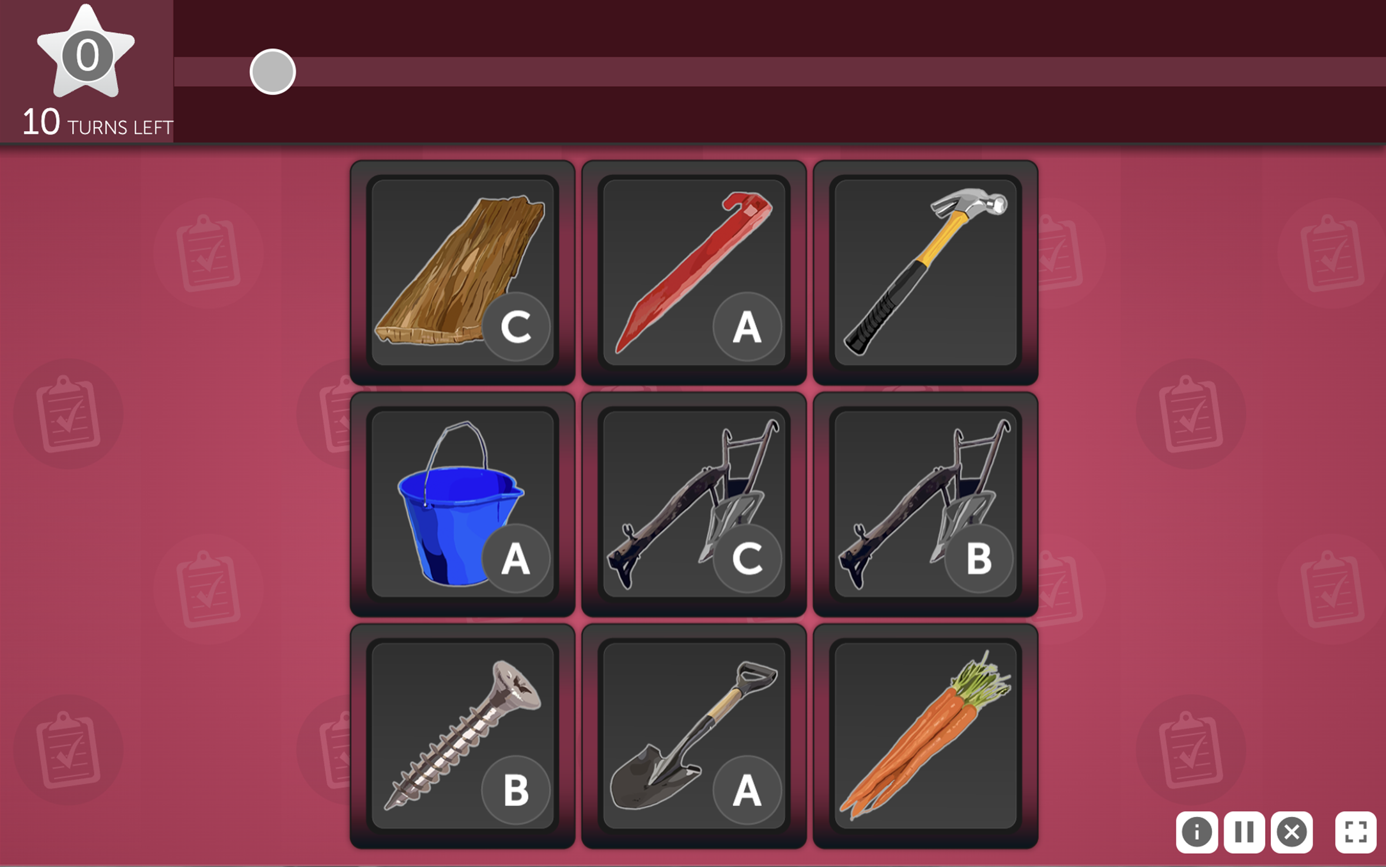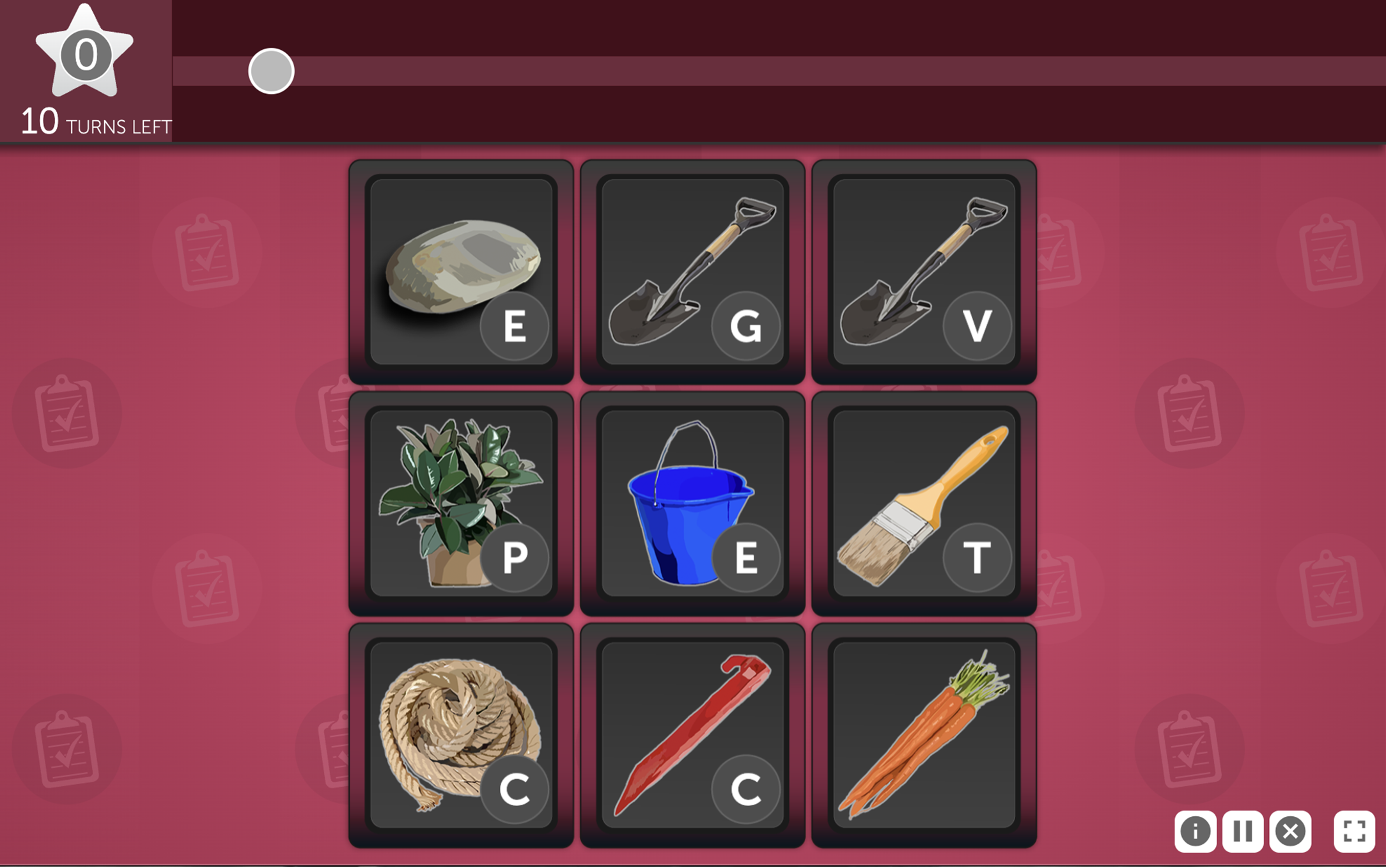 On your way home from work, you stop by the supermarket. You need to pick up some ingredients for dinner. Do you remember everything—or do you forget a crucial item?
On your way home from work, you stop by the supermarket. You need to pick up some ingredients for dinner. Do you remember everything—or do you forget a crucial item?
It depends, in part, on your working memory. “Working memory” is the brief short-term memory (about twenty or thirty seconds) that enables us to react to and store something we see, hear, or otherwise sense. So if your spouse says, “Don’t forget we need milk—not whole, make sure you get the 1%—also some garlic and basil…and pick up some paper towels while you’re at it,” can you keep it all in mind long enough to record it clearly and remember it effortlessly when you get to the supermarket?
This is the kind of memory that To-Do List Training targets. Unlike many of the other BrainHQ memory exercises—which are designed to train memory by improving the accuracy with which you take in sensory information—To-Do List Training directly engages the working memory processes in the forebrain. The neurons in the forebrain integrate sensory information with information about previous experiences; in other words, they interpret what the brain hears, allowing the brain to remember and use the information for a time.
In To-Do List Training, your brain hears a set of instructions, then uses its memory of those instructions to follow them in order. The instructions get longer and more complex over time at the task, making greater demands of your working memory systems.



